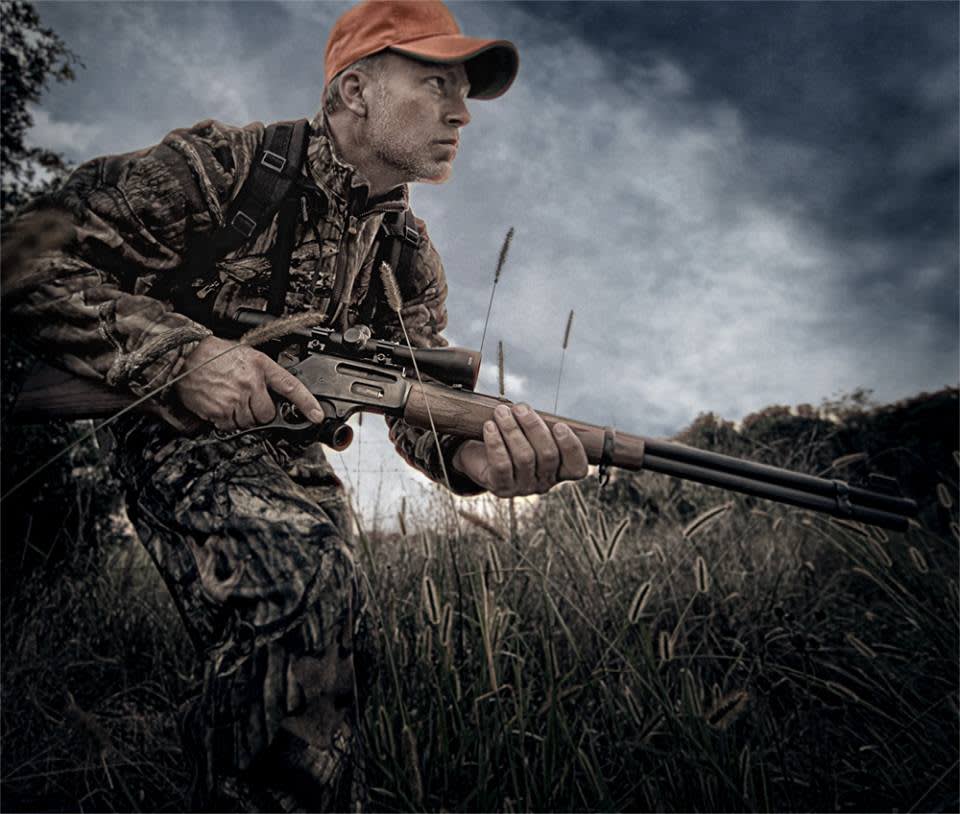Keeping It Old School: Hunting with the .30-30 Winchester
Dave Maas 09.29.16

Ask three deer hunters the No. 1 reason they love to pursue whitetails, and there’s a good chance you’ll receive three different answers. From “I love to spend time outdoors with family and friends,” to “the challenge of trying to fool a mature buck,” to “providing meat for my family,” there’s certainly no single right or wrong answer.
Because of the long whitetail seasons available in most states, many hunters go afield with guns and bows. In the Upper Midwest states that I deer hunt each year, the seasons get rolling with archery opener (September), followed by the general firearms season (November; archery doesn’t close during gun season) and then there’s a special muzzleloader season later in the year (December). Not only do I have the chance to fill multiple deer tags, but I have the luxury of trying to maximize my time in the field during each of these seasons by choosing hunting tools (guns or bows) that increase the “degree of difficulty.”
In other words, while it’s legal during archery season to use a compact compound bow with 80-percent let-off, a mechanical release and a bowsight with fiber-optic pins, I might choose to use a long-axled compound with only 50-percent let-off, and shoot with fingers. Of course, I could use a bowsight or choose to shoot instinctive. Or if I really want to challenge myself, I could use my 54-pound-draw recurve bow (no let-off, no bow sight).
Similarly, during firearms season I could carry the latest and greatest bolt-action centerfire chambered in a flat-shooting cartridge and topped with a 3-9X riflescope, or I could “keep it old school” and reach for the gun that started my deer career some 40 years ago, a lever-action with open sights chambered in .30-30 Winchester.

Past, Present and Future
The .30-30 Win. was introduced in early 1895 for use in the Winchester Model 1894 lever-action rifle. The “.30” part of the name designates the caliber, while “-30” stands for “the standard load of 30 grains of early smokeless powder, according to late-19th century American naming conventions for black powder-filled cartridges.” (thanks Wikipedia for the brief history lesson!)
Regardless of the odd name, the new .30-30 cartridge was – and is – deadly on deer, especially when used at relatively close range. So how close is close?
In simplest terms, the .30-30 was seen as gun best used to kill whitetails at distances of less than 100 yards. Sure, the cartridge was effective at longer ranges – say 200 yards – but then the shooter had to rely on a riflescope instead of the standard iron sights.
I shot my first whitetail in the thickets of northern Minnesota with a .30-30 from a ground ambush at 30 yards. The 150-grain, round-nosed lead bullet expanded perfectly as it penetrated the big doe’s chest, and she ran less than 40 yards before expiring in the deep snow.
Depending on the situation, I still enjoy carrying my .30-30 in pursuit of whitetails. For still-hunting through thick cover, where shots will be off-hand and close, it can’t be beat.

If you’ve never tried it but want to step back in time on a future deer hunt, there are still many great rifles being manufactured for this timeless cartridge. And if you’re already one of the lucky deer hunters who owns a .30-30, but are running low on ammo, you can still find many great .30-30 loads produced today.
Give the .30-30 a shot and learn why so many modern deer hunters can’t stop using this classic rifle cartridge.
This article was produced in cooperation with Cabela’s

